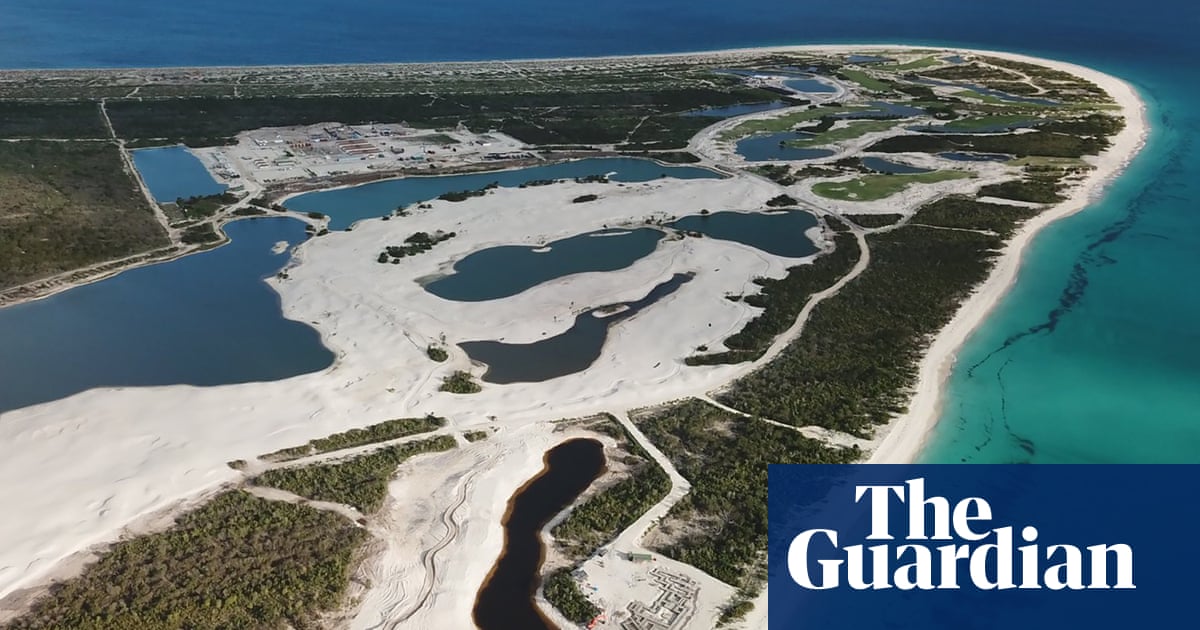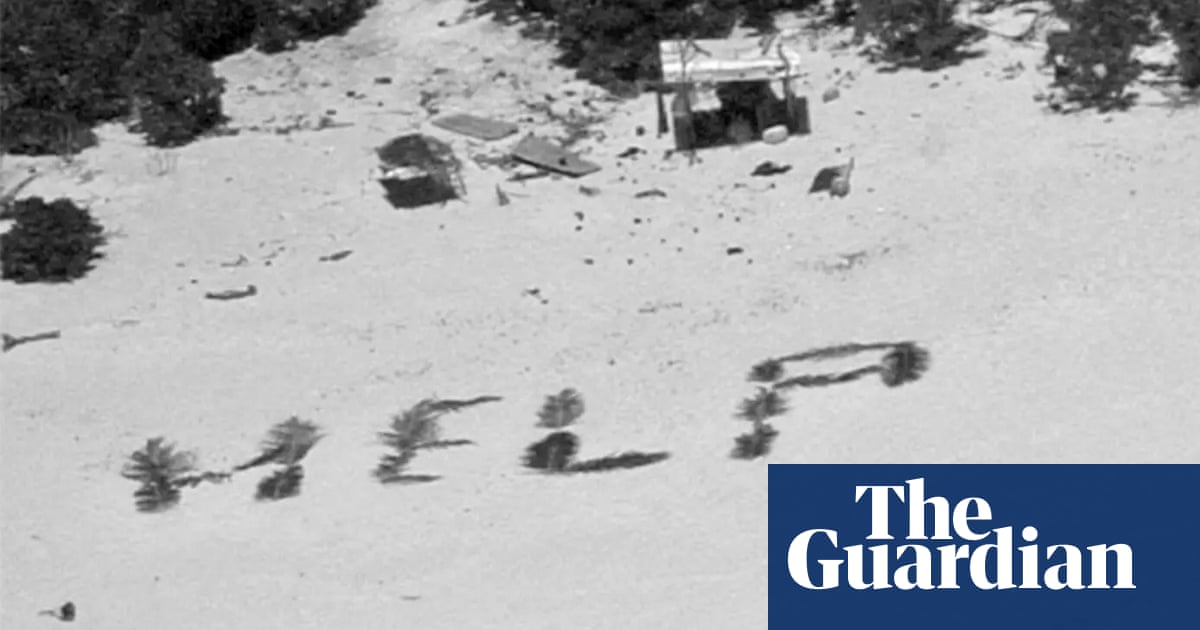
Fresh insights into a remote Welsh island’s ancient past have emerged thanks to the efforts of burrowing rabbits – and the sharp eyesight of two nature wardens.
The bunnies on Skokholm Island, which lies in the Celtic Sea, two miles off the coast of Pembrokeshire, kicked up two pebbles and some shards of pottery as they dug out a new home.
They were spotted by the wardens Richard Brown and Giselle Eagle, who are in lockdown on Skokholm, and images were sent off to experts on the mainland.
One of the objects turned out to be a “bevelled pebble” dating from the Mesolithic period that was probably used by hunter-gatherers about 9,000 years ago for tasks such as preparing seal hides for skin-clad watercraft or processing food such as shellfish.
The second was a shard from a bronze age burial urn around 3,750 years old. It will help experts build up a picture of past life on the island, which measures a mile by half a mile.
Both objects were picked up from the entrance to a rabbit hole close to the cottage on the island, best known as a home to spectacular seabird colonies.
Dr Andrew David, an expert in prehistoric stone tools who was sent photos of the pebble by the wardens, said: “Although these types of tools are well known on coastal sites on mainland Pembrokeshire and Cornwall, as well as in Scotland and northern France, this is the first example from Skokholm, and the first firm evidence for late Mesolithic occupation on the island.”
The discoveries did not stop there. As well as picking up a second Mesolithic pebble tool the following day, Brown and Eagle noticed large pieces of coarse pottery being kicked out of the same rabbit hole.
Jody Deacon, a curator of prehistoric archaeology at Amgueddfa Cymru – the National Museum Wales – recognised their significance.
A large fragment from a thick-walled pot, decorated with incised lines around the top, is likely to be the rim of an early bronze age vase urn, usually associated with cremation burials.
This was also the first of its type from Skokholm Island, or from any of the western Pembrokeshire islands. When lockdown restrictions permit, archaeologists plan to head to the island to see what else they can find.
Toby Driver, of the royal commission, Wales, said: “Skokholm is producing some amazing prehistoric finds. It seems we may have an early bronze age burial mound built over a middle stone age hunter-gatherer site. It’s a sheltered spot, where the island’s cottage now stands, and has clearly been settled for millennia. To date we have nothing similar from the larger islands of Skomer or Ramsey.”











